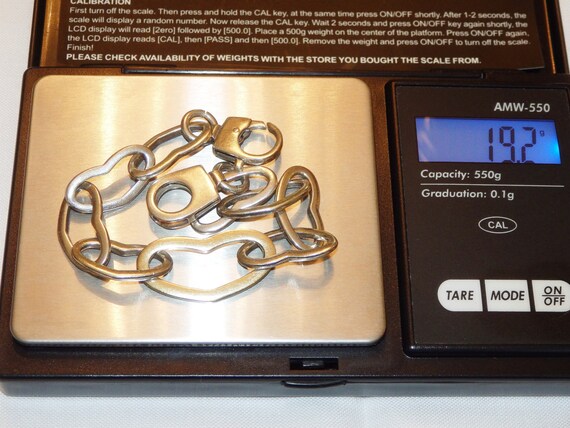

The sight of mold in a residence tends to ignite fear. Our aim is to pull out certain components of the bill for discussion.) Why Does Warrant of Habitability Now Include Mold Control? (Please note we aren’t attempting to fully describe HB 19-170 here. It should also be noted that the tenant’s notifications to the landlord can be in either written or electronic form. If the condition recurs within six months, and isn’t due to an appliance, the tenant can terminate the rental agreement. Afterwards, the landlord is granted “a reasonable amount of time” to take remedial actions that will “remove the health risk posed by mold.”Īmong other requirements, the bill also directs the landlord to provide the tenant with a “comparable dwelling unit” when requested, allows the tenant to deduct rent monies under certain conditions, repeals various provisions in favor of landlords, includes the presence of functioning appliances as a requirement for habitability, and provides a pathway for injunctive relief to the tenant. If mold associated with dampness would interfere with life, health, or safety if not remedied, the landlord has 96 hours to mitigate the risk by either containing or stopping the water source and installing an air filtration device.Here again, if I’m your tenant and something about the property, other than mold, is “interfering with my life,” you have 24 hours to respond. The landlord must respond (except in cases involving mold) within 96 hours if the premises is uninhabitable or within 24 hours if the condition interferes with life, health, or safety.The law applies to rental properties deemed “unfit for human habitation” or “in a condition that materially interferes with the tenant’s life, health, or safety.” That definition opens the door to innumerable types of complaints, all hinging on how the tenant feels about the housing unit (life-supporting or not, health-supporting or not, safe or not).Here are three especially significant components of the new bill:

Landlords are responsible to make sure the properties they rent are fit for human occupancy during the entire period of the lease.Įach state and court interprets that responsibility differently, but most would agree it includes potable water, hot water, access to electricity, bathroom facilities, access to heating, and other personal needs. An Overview of the New Warrant of Habitability RequirementsĪ warrant of habitability - whether stated or implied - is part of every residential rental lease.

In this article, we’ll take a closer look at the bill, provide tips on how residential rental property owners and managers can stay within the requirements of the law, and point you towards a program that can keep you on the right side of this and other laws affecting multi-family property management.

That change is part of the Colorado Residential Tenants Health and Safety Act (HB 19-170). Colorado law now includes mold and dampness control as a warrant of habitability requirement.


 0 kommentar(er)
0 kommentar(er)
